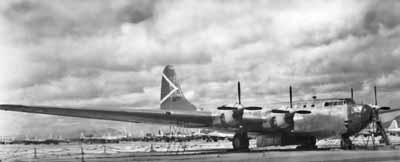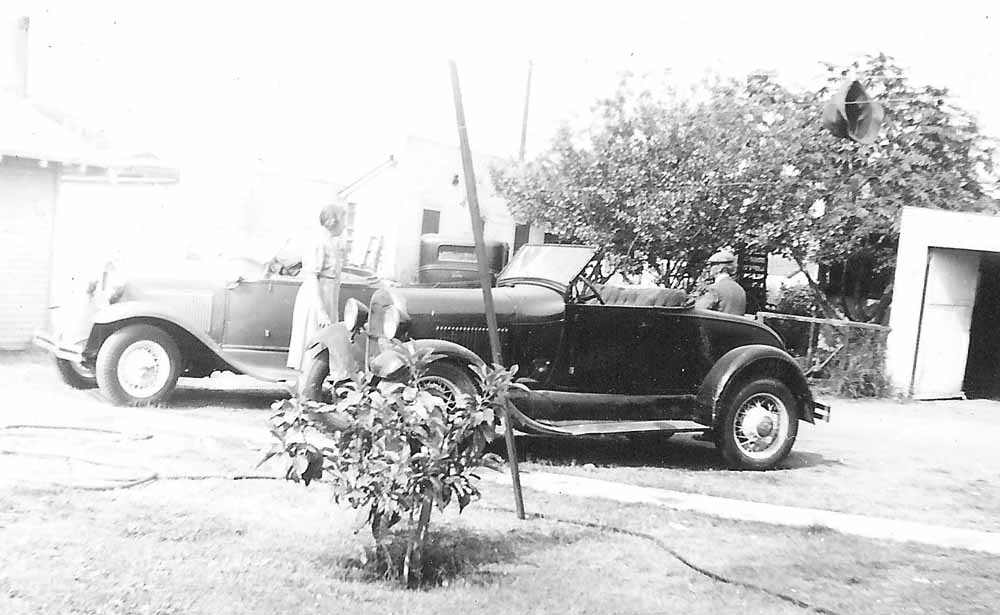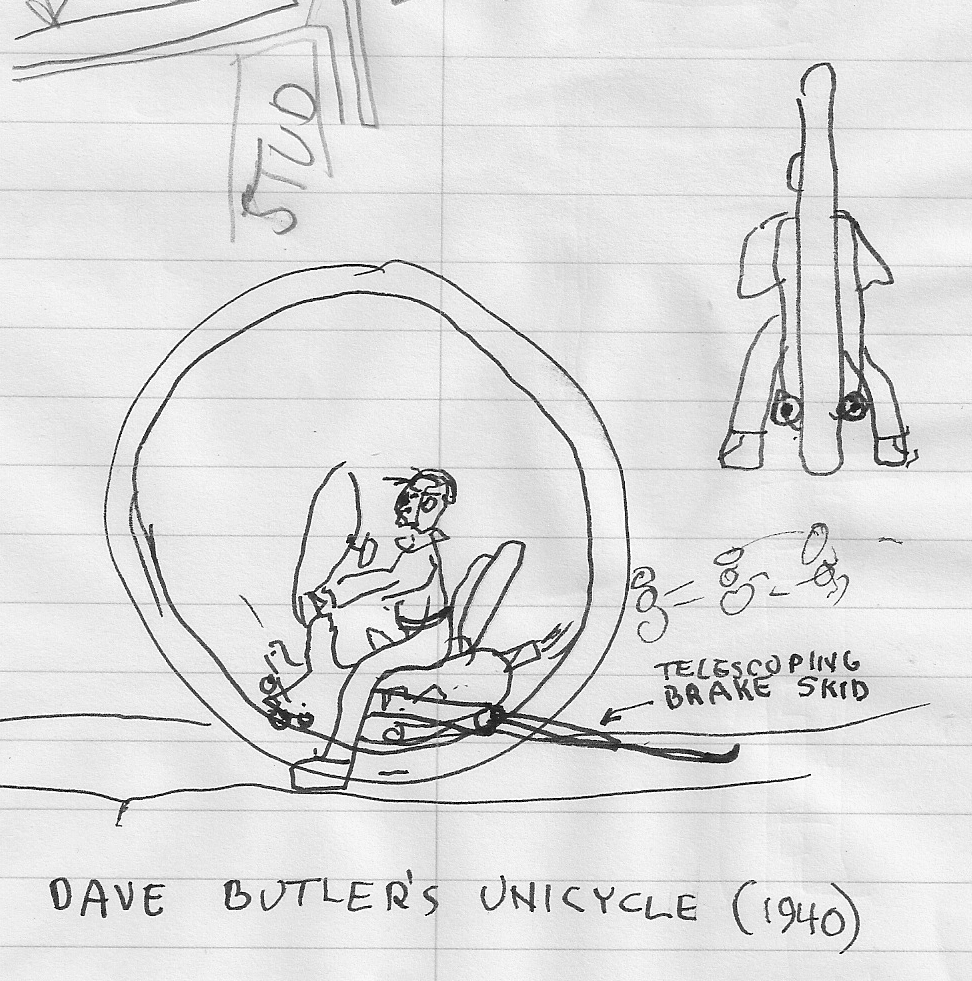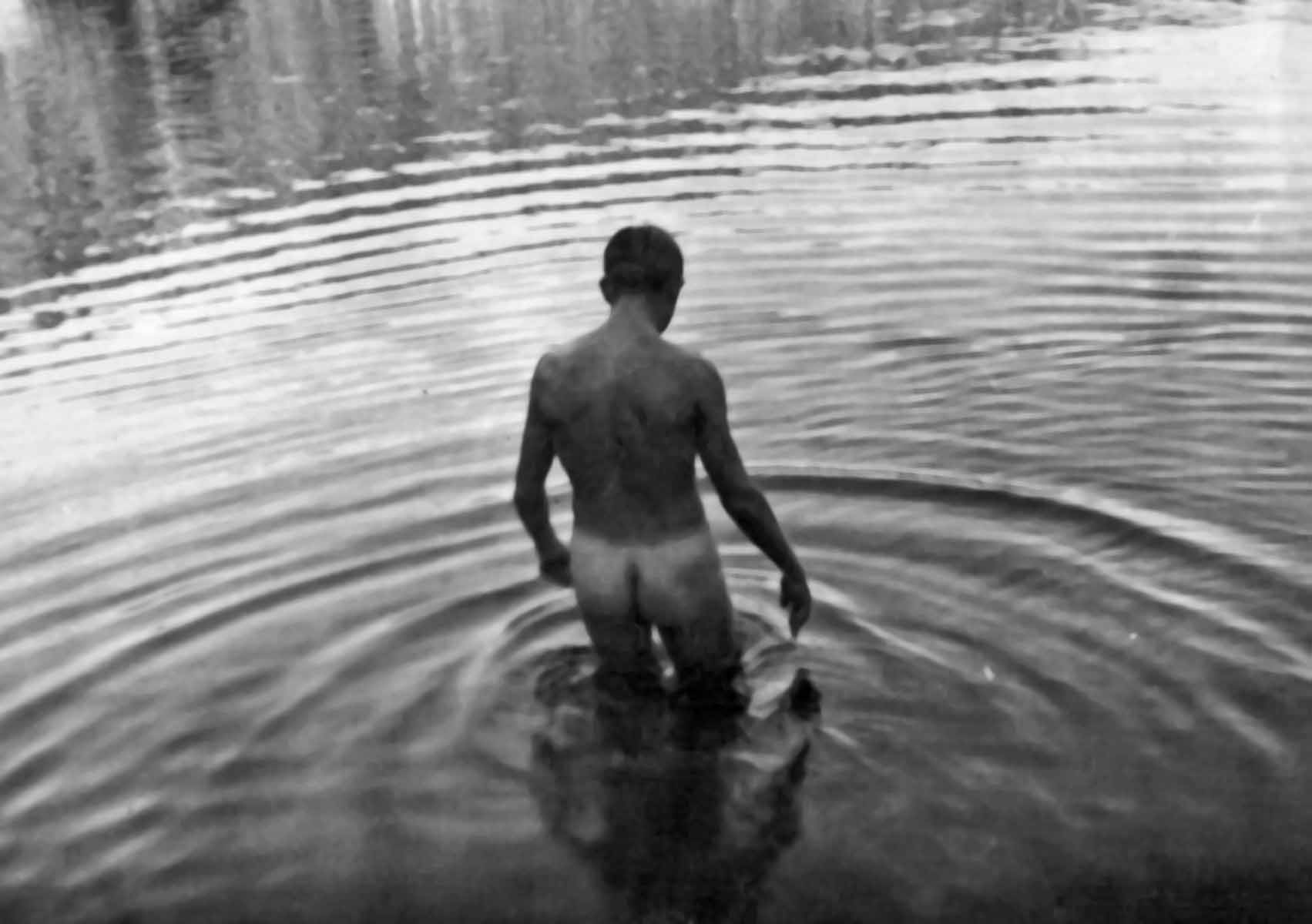| ||||
|
| Bob traded in 2 cars this year: In 1940 I traded my '31 Model "A" Rumble-seat Ragtop with 16 inch wheels fo a 1937 Lincoln "Zephyr" that had 40000 miles, priced about $450.The 12 cylinder V-12 engine required "Super" gasoline. After I had drove it for 3 months, my 2 friends, Don and Dwain, both on leave from service in the Navy suggested that we drive the Zephyr to Las Vegas during the week end, They would buy the gas. We stopped for gas in San Berdoo, and going up the Cajon Pass grade, I noticed the engine was "pinging and asked what kind of gas the boys had put in my tank. "The cheap stuff...12.9 cents a gallon", they admitted. By the time we arrived in Victorville, the exhaust was blowing thick smoke. We pulled int a gas station and, assuming that the cylinder head gasket had blown, we borrowed tools from the gas station operator, bought a couple of head gaskets and when we got it started again, it soon was blowing smoke. I telephoned my father in LA and my folks arrived Sunday morning with the tow rope and pulled us back to LA 100 miles with the '29 Essex. My father diagnosed the problem as a crack in the engine block which, soon after the engine warmed up, the crack would open and cooling water would leak into one of the 12 cylinders. My father suggested that I trade the car in. We drove it over to the Ford Dealer, parked it for 3 hours until the engine was cool. I picked out a new $700 1941 Ford V-8Coupe. They test drove my cooled-off Zephyr, and accepted it as a trade-in. Three months late, the LA County Sheriff telephoned me, asking if I owned a 1937 Zephyr. I said I had traded it in to the Ford Dealer for another car. The Sheriff explained that they had found my Zephyr in 10 feet of water in the bottom of a San Fernando Valley gravel pit, still registered to me. | |||
|
Car across alley was Phyllys Maltby's Chevy hard top coupe. Bob came home late one night and noticed an orange glow in the window and woke Phyllys up. She had apparently dropped a cigarette on her upholstery. The car was totalled!
|
Bob was working this year. He recalls: "In 1940 I was starting in the Tracing group of the Engineering Department of the Douglas Aircraft Company in Santa Monica. Working on a large glass top table illuminated from below the frosted glass by florescent tubes, original pencil designs on large rolls of paper vellum were traced in India ink on superimposed large rolls of linen velum. The tools used were straight-edges, a large assortment of French curves, tee squares, triangles, ink ruling pens and compasses, crow quill pens and many heavy weights. "The techniques of using the tools had been taught in high school. Our work was boring, but the 30 members in our group each worked earnestly with hope for quick advancement to take a more important role in the engineering we were tracing. We had to share some of this equipment. This was usually accomplished by any needful member shouting across the room, “throw me that number 7 French curve", or whatever, and the thing being then tossed like a ball across the room. One day, it happened that one man needed a 3 pound lead weight with a wire prong, called a "duck”, which went sailing over my head, but was missed by the receiver, and the duck crashed through the receivers' paper, linen, frosted glass, tubes and spilled India ink spattered throughout the chaotic mess. "My means of coping with the ennui was occasionally to doodle inane cartoons with my crow quill on the scraps of linen used for testing the pen, and the quality of these doodles was recognized, and I was promoted to a position of Illustrator in the department's Handbook Group. "The Handbook Group was responsible for writing, illustrating and publishing material for educating the personnel of the people who bought and operated the Company's aircraft. War production had resulted in a shortage of trained technical writers and illustrators. The Company was recruiting needed additional people from interesting local sources. Writers and illustrators needing a job that would shield their family incomes from the effect of the military draft came from the film studios, Warner Brothers, and Walt Disney, for example. "These people, specializing in entertainment, sometimes lacked in expressing mechanical ideas, probably in the same manner as mechanically trained people might lack talent in writing film scores and producing animated cartoons. So I found myself of some value to people who needed help in expressing effectively words and pictures that would assure the pilot that his aircraft could do the job and land safely. As an example, on the XB-19 project, the flight control surfaces were moved by piped oil pressure with the pilots feeling the air resistance on the surfaces through a set of pulleys and wires indicating surface’s position, which combined with an interconnection to the oil pressure, gave the pilot feel of the wind resistance on the 40 foot tall vertical stabilizer. The novelist who wrote “Sioux City”, and the animator of ”Snow White” needed a mechanic to help them teach others how to keep the machinery functioning. "The writer I was assigned to make illustrations for found that I had a talent to criticize and help rewrite some of chapters of the B-19’s books, and I learned a lot about writing in a short time, and soon I was doing more writing than illustrations. It happened that the writer I was assigned to had a problem with alcohol and I ended up finishing his work. I was promoted to the position of Tech Writer, soon supervising a group of writers and illustrators, and working 80-hour weeks to meet our deadlines. At the time, the B-19 was the world’s largest airplane, 50-tons, 50-feet tall, 212-feet wingspan, 8-feet high rubber tires, 12000-mile cruising range, but with a cruising speed of only 150 miles per hour, it was obsolete before it was ready to fly. "In 1943, it was flown to Wright Field in Ohio, where it was to sit as a museum exhibit, possibly with my “Handbook of Maintenance and Flight Instructions” in a leatherette pocket, adjacent to the pilot’s console. It was later determined that there was no funding for the museum, and the plane was sold as scrap -- only one of the huge wheels was saved. "In 1940. Mr Dave Butler, a collegue of mine in the Engineering Department of the Douglas Aircraft Company in Santa Monica invited me to his home and while his wife served us a delicious dinner, he explained his invention, which he called a “Unicycle”. It consisted of a steel rim about 6 feet in diameter with a pneumatic rubber tire on the outside. "On the inside was a wheeled truck with a seat and handlebar whereon the driver straddled, with feet extended on each side to hold the device erect when stopped. The truck was coupled to the rim with clamping metal wheels supporting the truck so, as the rim rotated forward, (for example, downhill} gravity moved the truck backward firmly within the rim, the driver mounting his feet on rests and balancing as on a bicycle. Propulsion is provided by a gas engine under the seat, pulling the truck backward within the rim by driving a rubber friction wheel. Hand brakes between the truck and the rim were to be operated by a lever on the handlebar. My complaint about his machine was that it would be uncontrollable, except at low speeds and on gentle slopes. We agreed to discuss a solution to this problem as soon as it occurred to either of us. Seventy years later, I was explaining this invention to my daughter, Elsa, and a solution then occurred to me. Dave would be 110 years old now. My solution is to have telescoping hydraulic cylinders with metal skids on the ends projecting backward from each side of the truck, when braking,(to prevent the truck from riding forward on the rim when brakes are applied). Sorry about that delay, Dave. "An old lady that I met at a friend’s house in 1943 asked me, “Why aren’t you serving in the armed forces, young man?”, so I terminated with Douglas and joined the Navy to see the world." | |||
Robert remembers this adventure: "After seeing a film on Saturday night, Chester Mateer suggested we get some gas and go in his 21' boat to Catalina. Gas Rationing was in effect, so only 5 gallons of gas was taken. Chet slept while Robert piloted. Robert then went to sleep at the wheel and was awakened by the rising sun as the boat cruised in circles. We had turns on the aquaplane on the way over and arrived at Avalon Harbor, dropped anchor and got a water taxi ride to the pier. About and hour later we got a water taxi ride back to our boat, but it had dragged anchor and was making green paint marks all along one side of a distantly anchored large white hulled sailboat. We guiltily decided to not wait there (we really needed more gas because of the circles and the aqualplaning), so we headed back to San Pedro. We ran out of gas about a quarter mile outside the L.A. breakwater and Chet saved us from being wrecked against the breakwater by finding about 1 quart of gas in his bilge pump motor. We again ran out of gas about a quarter mile from the Watchhorn Basin dock. Using the bench seat boards as paddles, we made it to the dock."  XB-19 after completion Bob continued working at Interstate Aircraft as an illustrator this year on the XB-19 project. | ||||


